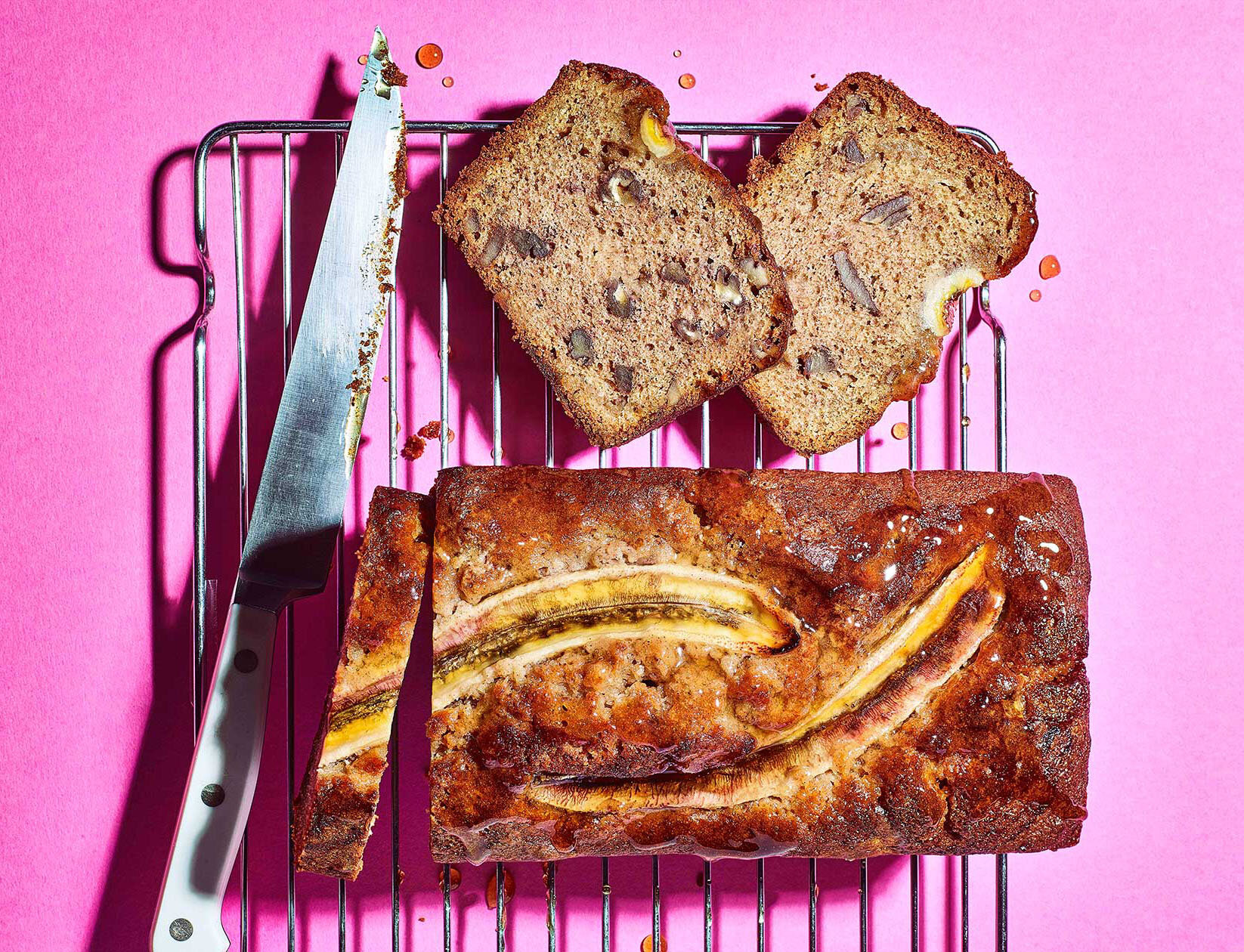Almond milk: A medieval obsession
Plant-based milks are on the rise. No longer limited to soy, supermarket shelves are lined with all manner of ‘milks’, from almond to oat, coconut to rice, to cashew, quinoa and pea. In fact, it’s getting hard to find a plant you can’t milk. You can even milk a potato, though I think I’ll stick to oat...
In Britain, almost a quarter of us now choose plant milk over cow’s, with similar trends being seen across Europe and the US.
It sometimes feels like we’re in the middle of a plant milk craze, with oat being the milk of the moment. (Even if Oatly has been cancelled.)
But oat milk was only invented in the 90s, which makes it a baby compared to some of its dairy-free cousins. Coconut milk, for instance, has been used in Southeast Asian, African and Indian cuisine for centuries (possibly longer); horchata, a drink made from tiger nut milk, was introduced to Spain from North Africa before the year 1000 CE; and doufujian, a precursor to soy milk, has been popular in China since the 14th century.
In medieval Europe, however, there was only one milk alternative that people went nuts for; almond.
The must-have milk
Almonds, native to the Middle East, were one of the earliest trees to be domesticated by humans, around 5,000 years ago. They were spread along the shores of the ancient Mediterreanean into southern Europe, northern Africa and eastward towards India. They appear in early Sumerian culinary texts, are mentioned frequently in the Bible and were even buried alongside Tutankhamun, to nourish him in the afterlife.
Almond milk, however, - made from soaking ground almonds in water and then straining through a cloth - was not a part of ancient cuisine. Instead, it seems to have been invented in medieval Europe. And once Europeans got a taste for the stuff, they couldn’t get enough.
Almonds, Amigdale dulces, from The Four Seasons, The House of Cerruti (Met Museum)
Almond milk appears as an ingredient in pretty much every medieval European cookbook. In fact, it’s been claimed that it was the single most important ingredient in late medieval cookery.
But the almond and its milk weren’t cheap (some might say they could cost you an almond a leg). For much of northern Europe, which imported the nut from sunnier climes, it was a pricey, exotic ingredient that appeared mainly on the tables of the nobility.
While it wasn’t the cheapest food, the taste of almond milk may have been more prevalent than cow’s. Afterall, for most of history, people risked their health by drinking cow’s milk, which spoiled easily and could lead to a host of nasty diseases. Instead, most people consumed milk in the form of cheese and butter, or, where possible and affordable, used almond milk as an alternative.
Christianity will drive you (to) nuts
Almond milk’s popularity in medieval Europe was in part down to the continent's Christian faith and the dietary restrictions that came with it. At various times of the year - including every Wednesday, Friday, Saturday and the 40 days of Lent - consuming dairy was forbidden. (As was eating meat and having sex.)
Almond milk offered a useful and tasty alternative. It could be added to a range of dishes in place of milk, allowing it to take centre stage in fast day dinners. It could even be turned into ‘almond cheese’ and a faux butter, by combining it with salt, sugar and vinegar (which, let’s be honest, sounds more wholesome than some of the dairy alternatives on offer today).
The many uses of almond milk
But don’t think almond milk was just a hack for enjoying food behind God’s back - it was a celebrated ingredient in it’s own right. We know this because it appears in recipes alongside meat, showing us it was eaten at all times of the year, not just on religious days. One of the most popular dishes, blanc manger, was made with chicken, rice, almond milk, sugar and rosewater, and appears in cookbooks across the continent and throughout the period.
Ash and almond tree, The Tudor pattern book, MS. Ashmole (1504) (Wiki Commons)
Today, we mainly use almond milk in lattes and desserts, but in the Middle Ages it appeared in a vast array of recipes, from sweet to savoury and everything in between.
Guillaume Tirel, the 14th century cook to the Court of France, made almond milk soups, while the Normans used it to make tarts and pottage. 14th century Venetians used the nut milk to make sugar-dusted doughnuts for Carnival and medieval Catalans used it to make broete de madama, a luxurious combination of almond milk, chicken broth, pine nuts, eggs, vinegar, ginger, pepper, galangal and saffron.
One of the oldest cookbooks from medieval Europe, the 13th century Scandinavian Libellus De Arte Coquinaria, includes an Icelandic recipe for almond milk yoghurt ‘as good as skyr’. And over in late medieval England, they even used almond milk to produce fake eggs, with the yolk coloured yellow with saffron.
But as the Church became more relaxed on the issue of fasting, almond milk’s popularity declined. That is, until the 21st century.
Today, almond milk is back to being the most popular milk alternative in Europe.
So while we might have taken a break from the nut milk for a few centuries, it looks like Europeans are back on trend. And the next time a boomer rolls their eyes at you for ordering an almond milk flat white, you can tell them that if medieval Europeans had had coffee, they’d almost certainly have added almond milk to it too.








